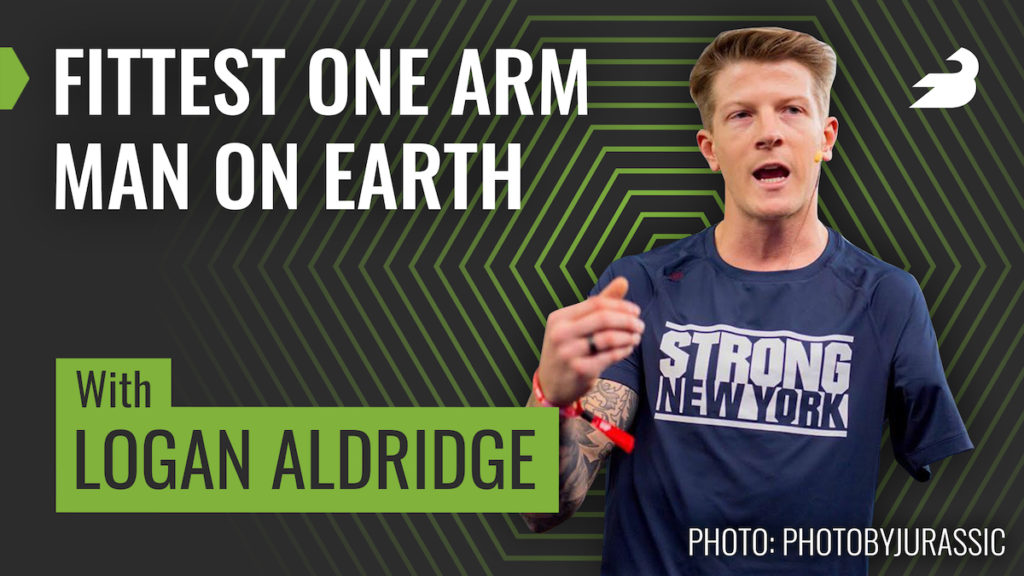Today we’re talking to Logan Aldridge, training director of Adaptive Training Academy and the fittest one arm man on earth. After a wakeboarding accident that resulted in the loss of his arm at a young age, Logan dedicated his life to making fitness and sports more accessible for people around the globe. His work with Adaptive Training Academy — initially nested under CrossFit — is one of the most impressive projects we’ve ever encountered in the fitness world. In this podcast, we discuss how Logan and his colleagues teach coaches to work with athletes of all ability levels, along with WHY their methodology proves so adaptable. And that’s just the tip of the iceberg here.

On this episode of The BarBend Podcast, host David Thomas Tao talks to Logan Aldridge about:
- Adaptive Training Academy and what Logan believes he was put on Earth to do (2:09)
- How to move their content online (5:50)
- Why there’s such an emphasis on General Physical Preparedness in the disabled community (13:00)
- How ATA trains coaches to navigate such a broad range of restrictions and fitness levels (16:55)
- Training for athletes with sensory (deaf, blind) restrictions (22:30)
- Logan’s own athletic pursuits and goals (27:00)
Relevant links and further reading:
- Follow Logan Aldridge on Instagram and also follow Adaptive Training Academy
- Follow David Thomas Tao on Instagram and Twitter
Featured image: Photo by Jurassic